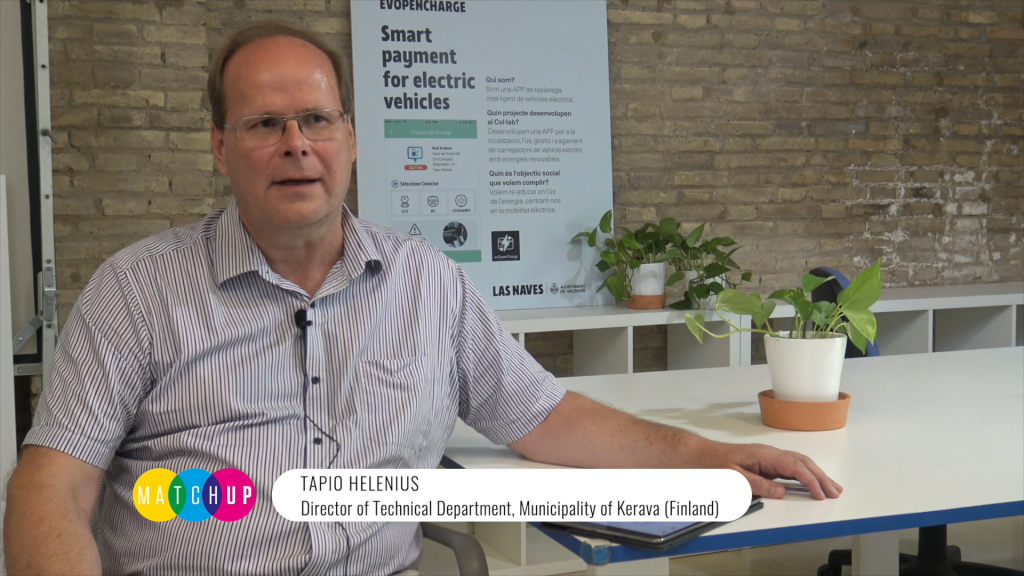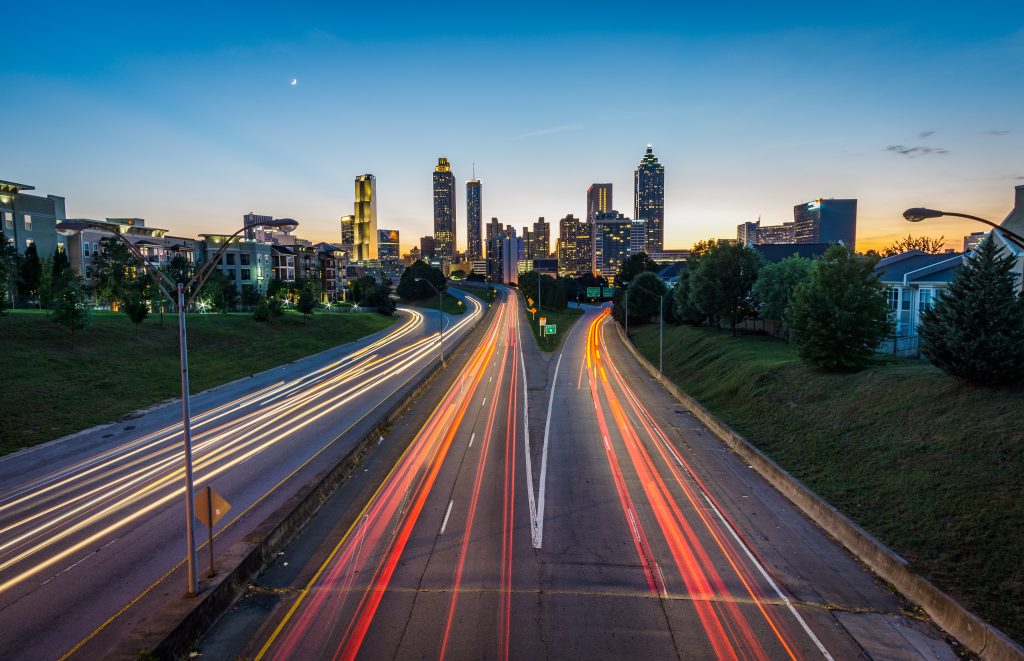Fuel-cell buses are an interesting solution for public transport because they produce no carbon or particulate emissions and thus reduce their impact on the environment. The vehicles generate electricity from hydrogen, stored in high pressure tanks, combined with oxygen from the air. This chemical reaction in the cells leaves only water and heat as by-products.
This technology is still not widely used in Europe as it is relatively young. One of the cities to test it will be Kerava, with more than 34,500 inhabitants and located 30 kilometres from Helsinki. Around 20 fuel-cell buses will be put in service there. Public authorities will build a three-hectare solar park to make the electricity needed for the hydrogen production.
Over 60% of travel in Kerava is done by walking or bicycling, and there are more charging points for electric cars than gas stations.
The town is also one of the “followers” of the EU smart city project MAtchUP.
Tapio Helenius, director of the Municipality’s technical department, says: “We would like to replicate the ideas of the project’s “lighthouses” (Valencia, Dresden and Antalya), in particular for energy production and consumption, intelligent lighting and city transport.”
Watch the video interview with Tapio Helenius:


